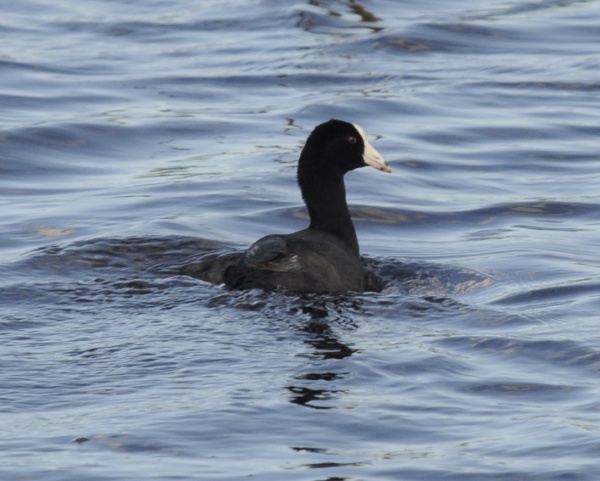Facts About Caribbean coot
The American coot, often referred to as a mud hen or pouldeau, is a captivating bird from the Rallidae family. Although frequently mistaken for ducks, coots are only distantly related to them, belonging to an entirely different order. One of the most remarkable features of coots is their distinctive legs and toes, which have lobed scales that facilitate walking on land.
You’ll typically see these birds around bodies of water across North America, particularly in wetlands and open water areas. They are migratory, covering significant distances throughout the year. When it comes to their diet, American coots primarily consume algae and aquatic plants, though they will also eat small animals when available.
Fortunately, American coots are classified as "Least Concern" by the IUCN, indicating they are not currently at risk of extinction. These birds are also not favored by hunters, likely because their meat is less desirable compared to that of ducks. Researchers are especially interested in their breeding behaviors, studying a variety of factors such as maternal effects, brood parasitism, and the unique adornments of their chicks. Over time, coots have evolved into three subspecies, with modern types emerging around the mid-to-late Pleistocene.
American coots are notably social and tend to form large flocks, particularly in winter. Observing them swim in coordinated groups is a delightful sight. Their diet includes aquatic vegetation, arthropods, fish, and other small aquatic creatures. During breeding season, coots form monogamous pairs and engage in an elaborate nesting process. They often build multiple nests in a single breeding season, with females primarily responsible for construction.
While American coots face threats from predators, especially during nesting season, they are known to fiercely protect their nests. Although sometimes regarded as pests, these birds play a crucial role in monitoring environmental pollution in wetlands, making them invaluable to scientists.
So, the next time you see an American coot, take a moment to appreciate this unique and resilient bird!
